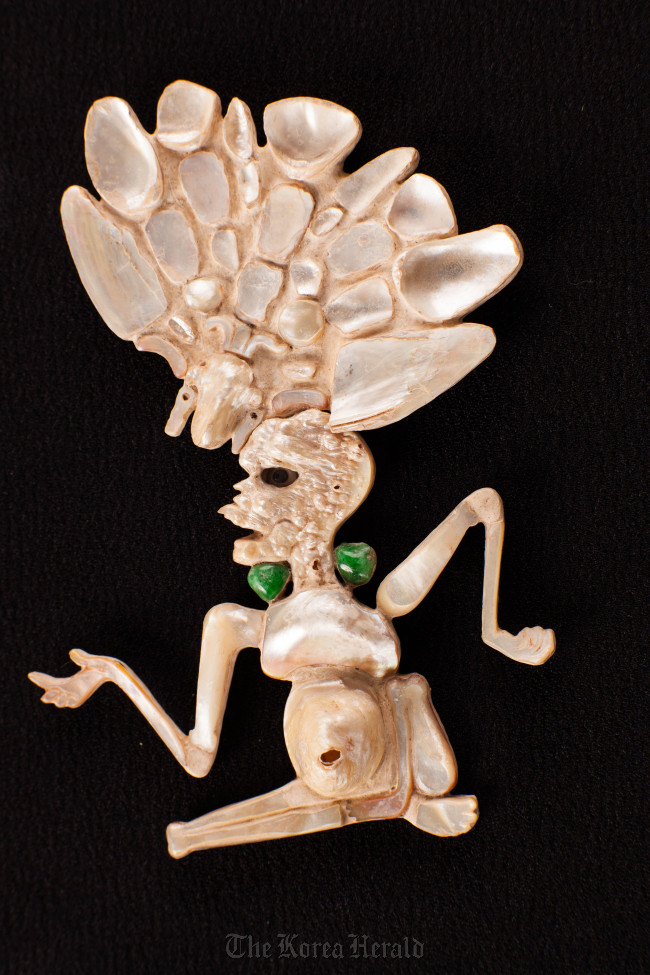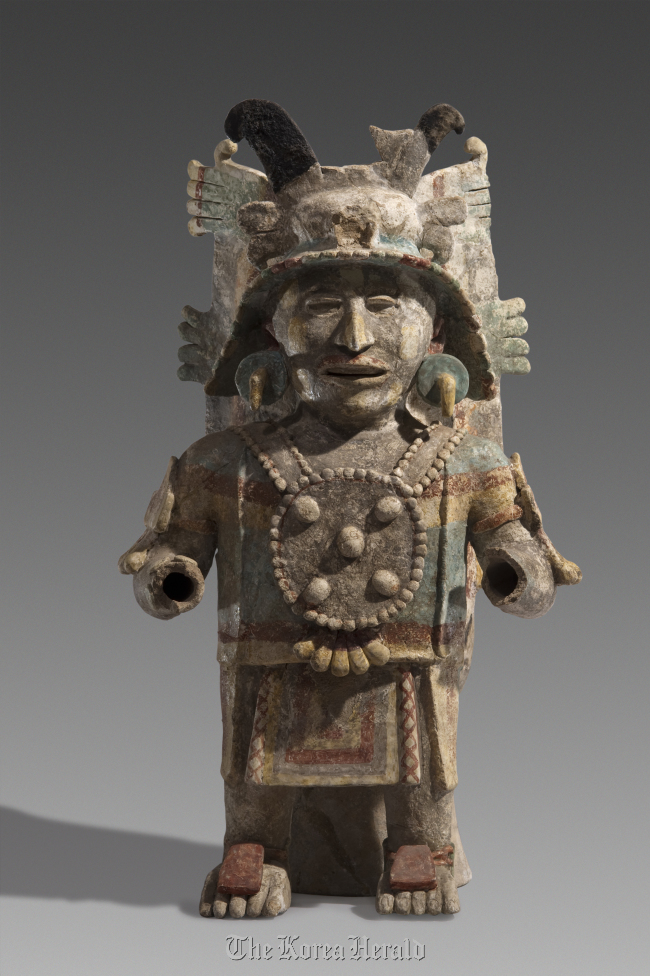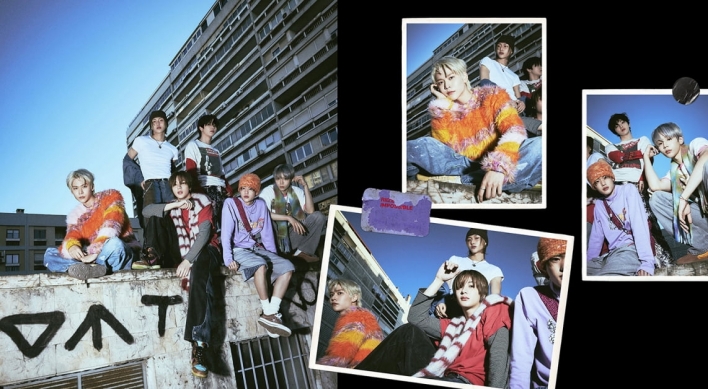National Museum features some 200 relics from Mayan civilization
Known for their calendars, art and astronomical systems, the Mayan civilization (B.C. 1500 to A.D. 1500) in Mesoamerica is one of the most fascinating civilizations.
Without using any metals or wheels, the Mayans built the well-known ceremonial platforms for religious rites, as well as pyramids, temples and colossal royal palaces.
They had their own fully developed written language as well as sophisticated astronomical observatories. They measured the length of the solar year to a high degree of accuracy and made calendars accordingly.
Celebrating the 50th anniversary of Korea’s diplomatic relations with both Mexico and Guatemala, the National Museum of Korea is holding a special exhibition featuring some 300 relics from the Mayan civilization.
Most of the featured relics are related to the Mayans’ religious rites and practices.
Human sacrifice was very common among the Mayans for their spiritual ceremonies. For many services, they cut children’s hearts out to make offerings to a god. Prisoners’ organs were also often offered as sacrifice.
One of the featured items in the exhibition is a stone statue of “Chac-Mool,” the spiritual figure who Mayans believed delivered their offerings to the god. The statue depicts a human-like figure in a position holding a tray over his stomach. Mayans would place their offerings on the statue’s tray during religious ceremonies.
Known for their calendars, art and astronomical systems, the Mayan civilization (B.C. 1500 to A.D. 1500) in Mesoamerica is one of the most fascinating civilizations.
Without using any metals or wheels, the Mayans built the well-known ceremonial platforms for religious rites, as well as pyramids, temples and colossal royal palaces.
They had their own fully developed written language as well as sophisticated astronomical observatories. They measured the length of the solar year to a high degree of accuracy and made calendars accordingly.
Celebrating the 50th anniversary of Korea’s diplomatic relations with both Mexico and Guatemala, the National Museum of Korea is holding a special exhibition featuring some 300 relics from the Mayan civilization.
Most of the featured relics are related to the Mayans’ religious rites and practices.
Human sacrifice was very common among the Mayans for their spiritual ceremonies. For many services, they cut children’s hearts out to make offerings to a god. Prisoners’ organs were also often offered as sacrifice.
One of the featured items in the exhibition is a stone statue of “Chac-Mool,” the spiritual figure who Mayans believed delivered their offerings to the god. The statue depicts a human-like figure in a position holding a tray over his stomach. Mayans would place their offerings on the statue’s tray during religious ceremonies.


The exhibition also features a number of spiritual ornaments and statues. One of the shell ornaments from 7th or 8th century Guatemala symbolizes the god of death, and has a face that resembles a skull. An earthenware statue from 11th-15th century Mexico, on the other hand, is of the god of the sun. The Mayans called the god “Kin,” which meant a day, time, and the sun. The statue of the god wears a necklace decorated with five dots, which symbolize the center of the universe and the four directions: east, west, north and south.
And there is a whistle made of earthenware. The whistle takes the form of a person playing a musical instrument. Mayans believed that human beings were created by god, and their primary duty was to serve their ultimate creator. According to the National Museum of Korea, almost all kinds of music and dance performances of the Mayans were composed for their religious rites and practices.
Mayans ate corn on a daily basis, and believed they were created and formed by god with corn dough. The exhibition includes a plate with an engraving of a king planting corn.
“The Civilization of Maya” runs from Sept. 4 to Oct. 28 at the museum’s special exhibition gallery. Admission is free. For more information, visit www.museum.go.kr.
By Claire Lee (dyc@heraldcorp.com)








![[New faces of Assembly] Architect behind ‘audacious initiative’ believes in denuclearized North Korea](http://res.heraldm.com/phpwas/restmb_idxmake.php?idx=644&simg=/content/image/2024/05/01/20240501050627_0.jpg&u=20240502093000)









![[Today’s K-pop] Sunmi to drop single next month](http://res.heraldm.com/phpwas/restmb_idxmake.php?idx=642&simg=/content/image/2024/05/03/20240503050545_0.jpg&u=)